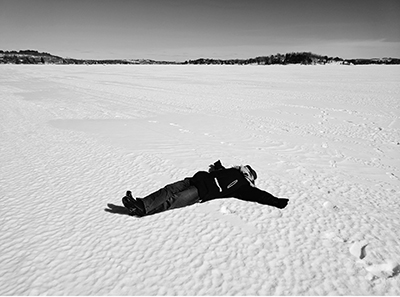
The City at the End of Things
Abstract
What does it mean to photograph a remainder? Sudbury Ontario, a Northern city responsible for a vast chunk of the world’s nickel production, has produced a landscape full of distances, absences, and looming architectures. In this photo essay, I take my hometown of Sudbury as an example of what Phil A. Neel (2018) dubs Hinterland, that growing desert between urban centers characterized by active (and abandoned) sites of extraction. Sudbury’s nickel mine remains active, but recent economic decline, catastrophic cuts to educational funding, and a crippling wave of fentanyl addiction have multiplied the presence of absence. In this photo essay, I have attempted to photograph the feeling of aesthetic remainder – whatever is left of a city’s presence when something fundamental has been subtracted. Empty streets. Closed businesses. The slow creak of a rusty sign. Factories subtracted of workers, looming watertowers subtracted of water. Occasionally, a freight train wanders south, subtracting a few thousand tons of ore. It is the remainder of these subtractions that I have hoped to capture.
Keywords
hinterland; anthropocene; ontario; partial object; anthropology; visual ethnography
Full Text:
PDFReferences
LAMPMAN, Archibald
The City of the End of Things. The Poems of Archibald Lampman. University of Toronto Press:
-181.
NEEL, Phil A.
Hinterland: America's New Landscape of Class and Conflict. London: Reaktion Books.
ZIZEK, Slavoj
Organs without bodies: On Deleuze and consequences. London: Routledge.
Refbacks
- There are currently no refbacks.
ISSN Print 2499-9288
ISSN Online 2281-1605
Publisher Edizioni Museo Pasqualino
Patronage University of Basilicata, Italy
Web Salvo Leo
Periodico registrato presso il Tribunale di Palermo con numero di registrazione 1/2023


